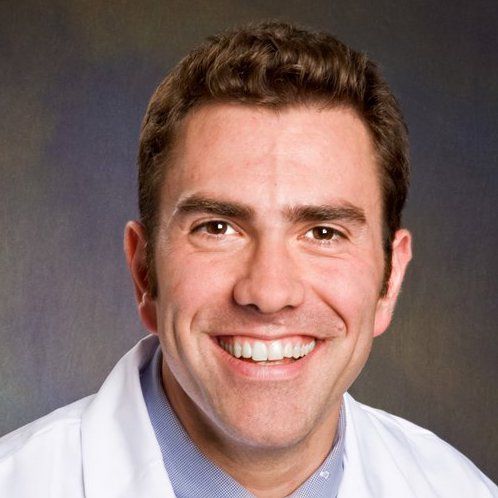Scalp, Palmoplantar Psoriasis Kept Clear in Most Patients on Bimekizumab at 2 Years
Patients with psoriasis in high-impact areas may benefit from either of 2 available dosing regimens of the biologic.
Joseph Merola, MD, MMSc

Patients with high-impact areas of plaque psoriasis including the scalp saw significant clearance with a 2-year regimen of bimekizumab, according to pooled findings from a pair of phase 3 trials.
In data presented at the Society of Dermatology Physician Assistants (SDPA) 2022 Annual Meeting in Miami, FL, this week, a team of investigators supported by UCB Pharma observed benefit of skin clearance in high-impact areas including the scalp, nails, palms and soles among adults with psoriasis who were treated with bimekizumab. The findings, which incorporated outcomes from the BE SURE and BE RADIANT phase 3 trials as well as portions of their open-label extension assessments, evidence this specific benefit of care through ≥2 years of regimen with the biologic therapy.
Investigators led by Joseph Merola, MD, MMSc, vice chair of Clinical Trials and Innovation in the department of dermatology at Brigham and Women’s Hospital, sought to evaluate outcomes in scalp, nail and palmoplantar after 2 years of moderate-to-severe plaque psoriasis treatment with 2 different doses of bimekizumab. The significance of observing benefit in these specific skin areas is related to the “physical impairment and (negatively impacted) quality of life” associated with them in patients with psoriasis, investigators wrote. Prior studies have indicated bimekizumab provides a significant patient rate of complete clearance in these high-impact areas through 1 year of treatment.
Merola and colleagues pooled data from 2 years of the 1-year BE SURE trial plus its ongoing open-label extension BE BRIGHT, and the phase 3b RE BRADIANT trial and the first year of its ongoing extension assessment. Eligible patients for assessment had moderate to severe regional involvement at baseline, per scalp Investigator’s Global Assessment (IGA) ≥3, modified Nail Psoriasis Severity Index (mNAPSI) ≥10, and palmoplantar IGA (pp-IGA) ≥3.
Patients were receiving 320 mg bimekizumab every 4 weeks through week 16, followed by either every 4 or 8 weeks thereafter. Investigators reported proportions of patients to achieve complete regional clearance—defined as scalp IGA 0, mNAPSI 0 and pp-IGA 0—through 2 years of care, defined as completion of week 48 of either open-label extension.
The teams assessed 626 patients treated with bimekizumab either every 4 weeks (n = 303) or every 8 weeks (n = 323). Mean patient age across both arms was approximately 45 years old; approximately 69% of patients were male, and 90% were White. Mean psoriasis duration was approximately 18 years at baseline, and PASI scores were 20. Another 71.8% of patients had scalp IGA ≥3 at baseline; 33.7% had mNAPSI >10, and 13.9% had pp-IGA ≥3.
Among patients with scalp IGA ≥3 at baseline, approximately 88% of those across both arms achieved complete psoriasis clearance by year 1, and maintained clearance by year 2; rates were similar among patients with pp-IGA ≥3. Approximately 7 in ever 10 patients with baseline mNAPSI >10 achieved and maintained clearance by year 2. Results were consistent across each treatment arm for each observed outcome among patients with severe psoriasis in high-impact areas at baseline.
Indeed, investigators concluded that complete and sustained scalp and palmoplantar psoriasis clearance was accomplished by significant rates of patients receiving bimekizumab over 2 years, regardless of their dosing regimen.
“Complete nail clearance increased through the first year of BKZ treatment, reflective of the longer timescale required for nail growth and repair, and was largely sustained through the second year, regardless of dosing regimen,” they added.
The study, “Bimekizumab efficacy in high-impact areas for patients with moderate to severe plaque psoriasis: Pooled results through two years from the BE SURE and BE RADIANT phase 3 trials,” was presented at SDPA 2022.